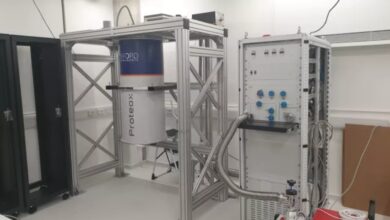Science Discovers Groundbreaking Ways to Renew Your Heart

In an era of remarkable medical advances, scientists are making revolutionary progress in renewing and regenerating the human heart. Breakthroughs in stem cell therapies, gene editing, and tissue engineering are offering hope to millions of patients worldwide suffering from heart disease—one of the leading causes of death globally.
From Repair to Regeneration
Until recently, the heart was considered a non-regenerative organ. Once damaged, particularly after heart attacks or progressive conditions like heart failure, the heart’s muscle cells—cardiomyocytes—were thought to be incapable of healing or self-renewal. Now, science is changing this narrative.
Researchers are exploring several promising methods to repair damaged heart tissue:
Stem Cell Therapy
Stem cells, the body’s building blocks, can differentiate into specialized cells, including heart muscle cells. Scientists are using stem cells derived from bone marrow, fat tissue, or induced pluripotent stem cells (iPSCs) to replace damaged cardiomyocytes. Early clinical trials show improvements in heart function, reduced scarring, and better patient outcomes.
“We’re learning how to guide stem cells to rebuild the heart from within,” says Dr. Emma Clarkson, a regenerative medicine expert at the Heart Renewal Institute. “This technology is bridging the gap between science fiction and medical reality.”
Gene Editing and CRISPR
Gene editing tools like CRISPR-Cas9 are offering new ways to reverse genetic defects that cause heart disease. By “switching on” dormant regenerative genes or correcting mutations, scientists are encouraging damaged heart cells to repair themselves.
In one recent study, researchers successfully reactivated a gene pathway in mice that allowed heart cells to proliferate after injury. While human applications are still under development, the findings mark a major step forward.
Tissue Engineering and 3D Bioprinting
The ability to print functional heart tissue using 3D bioprinting is revolutionizing cardiac care. Scientists can now print patches of heart muscle containing blood vessels, which can be implanted to repair damaged areas. In the future, entire replacement hearts grown from a patient’s own cells could eliminate the need for organ transplants.
“This technology has enormous potential,” says bioengineer Dr. Maya Patel. “The ultimate goal is to create personalized heart tissues that perfectly match the patient, reducing rejection risks.”
Real-Life Impact
For patients like James Reynolds, 54, who survived a massive heart attack, these breakthroughs are life-changing. James was one of the first patients to receive experimental stem cell therapy in a clinical trial.
“After my heart attack, doctors said my heart wouldn’t be the same,” James explains. “Now, I feel stronger every day. It’s like I’ve been given a second chance.”
Challenges Ahead
Despite these advancements, challenges remain. Stem cell treatments and gene editing therapies require rigorous testing to ensure safety and effectiveness. Scaling up 3D-printed tissues for clinical use also poses technical and ethical hurdles. However, experts remain optimistic.
A New Era for Heart Health
The dream of repairing and even regenerating the human heart is closer than ever. With continued research and clinical trials, these innovations could transform how heart disease is treated—and potentially reverse its damage altogether.
“This is just the beginning,” says Dr. Clarkson. “In the future, renewing the heart could become as routine as treating a broken bone. We’re rewriting what’s possible in medicine.”
For patients and families affected by heart disease, science is proving one thing: hope for renewal is beating stronger than ever.




